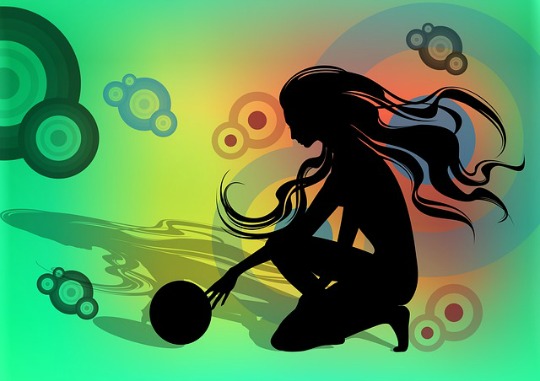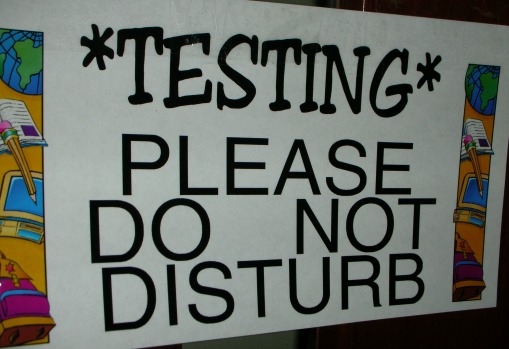|
|
Kinesthetic Learning Styles
Is Learning By Doing
Kinesthetic learning styles is one of the study skills strategies that can help you gain knowledge and understanding by doing some "action" with things.
Sometimes it is called "tactile learning styles." If you or anyone has learning disabilities, applying kinesthetic education might be the solution you need to learn effectively.
Even if you’re a normal person, it would surely accelerate your gaining of knowledge about different things in life.
This is one of the study skills strategies you can practice. The other is auditory learning styles which use the power of sounds.
Another is visual learning styles which use illustrations and diagrams and are based on sight learning.
Kinesthetic learners are those who gain knowledge and understanding through working out things and taking action. They gain "better realization" about things this way.
Kinesthetic Exercises You can Practice
Kinesthetic learning styles involve body movements and physical senses.
1. When you think about something, learn to focus on it. You should be able to observe as much as you can when you use your sensations by touching, feeling the pressure and sensation of things. This is a "hands-on" approach that is physical in kinesthetic education.
Example: Car Driving
- When you drive, you can feel the direction of your car on how much you steer the driver’s wheel. You realize how far left or how far right you’re going.
- The more you apply pressure to the gas pedal the more you accelerate your speed. The more you accelerate, the faster your car moves forward and you can feel this movement speed.
- When you "reverse" and go backwards, you’re careful with the way you run your car and the speed you apply. There’s the tension of you might bump the back of your car when you do it too much.
Your listening skills can help you sharpen whatever you gain through observation.
2. Use physical observation as much as you can for kinesthetic exercises. You can say a lot about something when you use your sense of touch to know how something feels.
Example: Holding a ball
- When you have a tennis ball you can grab it within your palms and you can understand that the size of it is small.
- As you touch it you know that it’s soft and smooth covered with fibrous felt.
- When you tighten your grip against it you understand that the ball is made of rubber and has air inside.
3. Kinesthetic learning styles would include drawing diagrams and writing compositions. Kinesthetic learners mostly use ways that can be done physically.
When you try to draw an illustration of a box, you understand what you’re trying to make and you know how it should look like.
When you make some mistake with the details, you may try to correct it making your illustration better. Doing this makes you learn.
If you’re writing a letter, you have an idea of what to write and when you put it on paper, you’re applying your ideas into words, phrases and sentences. You may correct your errors in writing as you do it. This makes you learn.
4. Role playing activities are one of the effective kinesthetic learning styles you can practice. This can be done individually or with a partner or a group of people. Simulating an event and situation can make you learn courses of action naturally as you perform similarly to what is real. You can practice your behavior and skills depending with the situation you play and face.
5. Physical conditioning is also important with kinesthetic exercises. Since you’re learning by doing, it will obviously make lots of action and exert effort.
For kinesthetic education, you’ll have to be fit and in good body condition. You can do this by giving time for physical exercises. Doing some deep-breathing and eating the right foods. You should be able to be in the best condition when you do kinesthetic learning styles. This way you’ll learn better because you’ll be more focused, alert and energetic when your body is "fit."
Signs About Them
As mentioned earlier kinesthetic learning styles are very helpful for people who gain knowledge and understanding of things by doing them physically.
Here are signs you may notice with tactile learners:
- They cannot stay sitting for a long time and they tend to move
- They like practical activities like lab work and exploration
- They often take breaks during studies
- They are good at sports and they usually like sports
- They’re interested with activities like martial arts and dancing
Further signs you can observe about people who learn better with kinesthetic education:
- They’re comfortable with role playing activities
- Some are not good with academic activities like spelling and writing
- They like building things like models and structures
- They like to draw things and make illustrations
- They’re usually energetic and is always on the go
Improving Kinesthetic Learning Styles
There are ways to improve kinesthetic education which you can practice:
- When you study, make physical comfort as much as possible. This may include your working position and the condition of your environment.
- You should use comfortable writing materials like the types of pen and paper which works best for you.
- Try to move around and imagine concepts as you study.
- Make models and illustrations of the concepts you study for better understanding.
- Try to role-play what you’re studying. You can talk and walk around in different ways, sing or pronounce the things related to your studies.
Tactile learning styles would include physical aids and conveniences for more effective learning.
Here are more things you can do to improve your kinesthetic learning styles:
- Use pictures and diagrams when you’re studying to help you understand concepts better.
- Write and create notes in a way that is easy to understand and convenient to study with.
- Sit in front of the class so you can be more active in participating with class lectures and events.
- Ask questions as needed to avoid misunderstanding something.
- Learn to reward yourself for a work well done.
Principle of Kinesthetic Learning Styles
Tactile learning styles involve physical work and learning by experience when doing things. It involves using more of muscle efforts and the skin senses to learn. Kinesthetic exercises can be the strategy you can use when you don’t easily learn in a "conventional" way.
If you’re feeling bored and get easily tired during class sessions and lectures, then you might be a kinesthetic learner. You can observe these things for yourself on how you feel about certain activities.
People with ADHD symptoms can be helped by applying tactile learning styles. Especially children with ADHD, this is because they tend to lack concentration when they study and memorization is usually hard for them.
ADHD in adults can also be greatly helped using kinesthetic education and it would be easier for them because they have some coping techniques developed as they mature. In conclusion kinesthetic exercises may act as an ADHD treatment for those who find it difficult to learn using common study methods.
Kinesthetic exercises can be very helpful to any person especially for kinesthetic learners. This is another way of effectively gaining knowledge and developing skills that might be easier to do for anyone. You just have to do it properly and with good body condition.
Go from Kinesthetic Learning Styles to Effective Time Management Techniques













